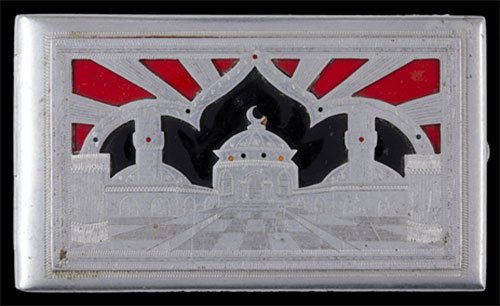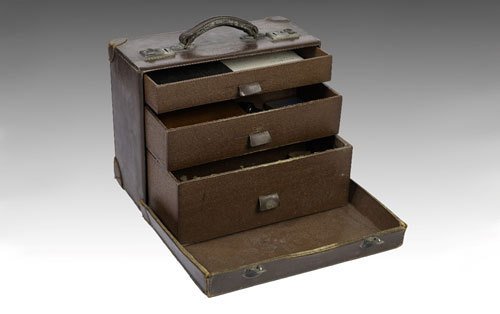Animating the Museum
by Alice Quine, Assistant Curator
Last
month the Jewish Museum and Chocolate Films hosted a week-long animation
workshop focusing on objects in our collection. During the week 17 young
people, aged 12 to 21, got to look behind the scenes, exploring the museum stores and
thinking about how museums collect objects. They then researched ten objects
from the Jewish Museum and Jewish Military Museum collections, which are
normally kept behind closed doors, in the stores. Each group picked one object
on which to develop a two minute digital animation using plasticine, paper, 3D
sets and even live participants.
The Bagel Lady
Sam, Jodie, Natasha and Sophie

“Every
object has a story, but we learnt it takes many stories to really understand an
object”
The first group picked the ceramic painted sculpture of
‘Sarah’, who sold bagels outside Schewzik’s Vapour Baths in Brick Lane between
the 1930s and 1950s. Sarah was a well-known character in the East End. She sat
on a box on the pavement and her sister or daughter Anna sat on a box a short
distance away, also selling bagels. If they weren’t cursing the customers in
Yiddish, they were usually cursing each other.
The
group wanted to use Sarah for their animation as they were immediately
attracted to her story, and saw it as a snapshot into life in Brick Lane. They
chose to focus on Sarah’s sporadic temperament, and decided to use plasticine
in order to make her expressions more comical.
Moss Kimmelman’s Cigarette Case
Cesare, Larissa, Esra, Juliet and Hannah

“Sometimes it’s
best to animate backwards to go forwards!”
The intern group chose this World War II cigarette case bought
as a souvenir by Moss Kimmelman, who later donated it to the Jewish Military
Museum. The case was made by German prisoners of war in Egypt using aluminium
from US aeroplanes that post-war had to be destroyed or paid for by the
British. The plastic coloured parts are melted toothbrush handles. It is
decorated with various designs including a mosque, map of Africa and desert
scene with an aeroplane.
The group liked this object as it was made by a soldier at
war, who you
wouldn’t necessarily think would have the time to make such a valuable and
precious thing.
Dr Lionel Stoll’s Case
Ariella, Eleana, Micah and Elisheva

“We were given
a wealth of opportunities, even meeting Dr Stoll’s son!”
The
next group chose the doctor’s leather case owned by Lionel J. Stoll, a
practising doctor who worked well into his 70s. The case is made to open
vertically and divided into three drawers containing a variety of medical
paraphernalia, including a syringe, spare needles, medicine and the doctor’s
diary. The
case is lockable and is marked with the letters L.J.S. in the top left corner.
The group chose the doctor’s case because they thought Dr
Stoll’s life story was really interesting, and wanted to find a way to tell it
through the case.
Wartime log created by Ben Waller
Dom, Eunice, James and Isaac

“Making the
animation here felt a bit surreal… Because it’s about real objects with actual
proper people behind them. Not any old boring objects, objects with a real history
behind them.”
The last group chose to use the wartime log compiled by Prisoner
of War (POW) Ben Waller during his time in Stalag VII, southern Bavaria, from
1944 to 1945. During the war, the YMCA distributed logbooks to prisoners
through the International Red Cross. This log contains drawings by Waller and
other POWs in the camp.
The group chose the object as they wanted to find out more about how Ben Waller
passed the time as a POW. Through their research they decided to focus
their animation on a specific drawing in the log, called The Blower. This was a
contraption used by POWs to heat food using as little energy as possible.
At 12
frames per second, their 2 minute film would require them to shoot 1440 frames!
Though it took a while, including a whole day to do the storyboard, they found
it fun and exciting to take the pictures and watch the animation gradually come
together.
The
finished animations provided both the young people and the staff involved with
a great sense of pride and achievement, as well as a host of new possibilities
for museum object interaction and interpretation.